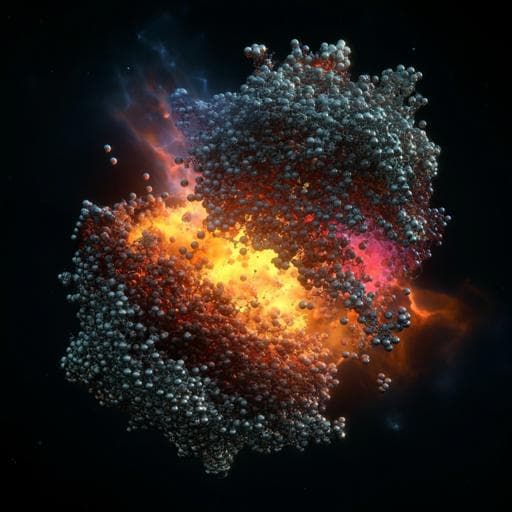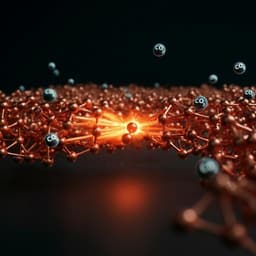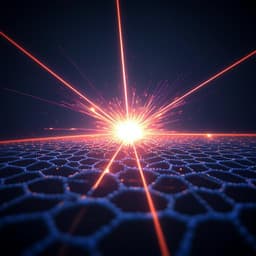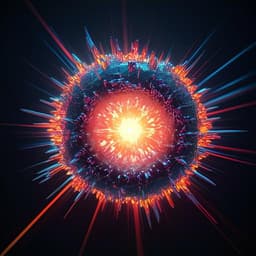
Chemistry
3D atomic-scale imaging of mixed Co-Fe spinel oxide nanoparticles during oxygen evolution reaction
W. Xiang, N. Yang, et al.
Explore the groundbreaking research by Weikai Xiang and colleagues that utilizes atom probe tomography to unveil the 3D structure of nanoparticles crucial for the oxygen evolution reaction. Discover the fascinating nanoscale spinodal decomposition in Co₂FeO₄ and its impact on electrocatalyst performance!
~3 min • Beginner • English
Related Publications
Explore these studies to deepen your understanding of the subject.







